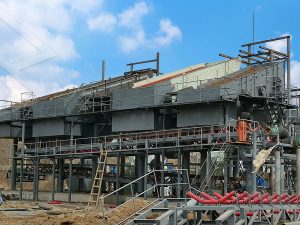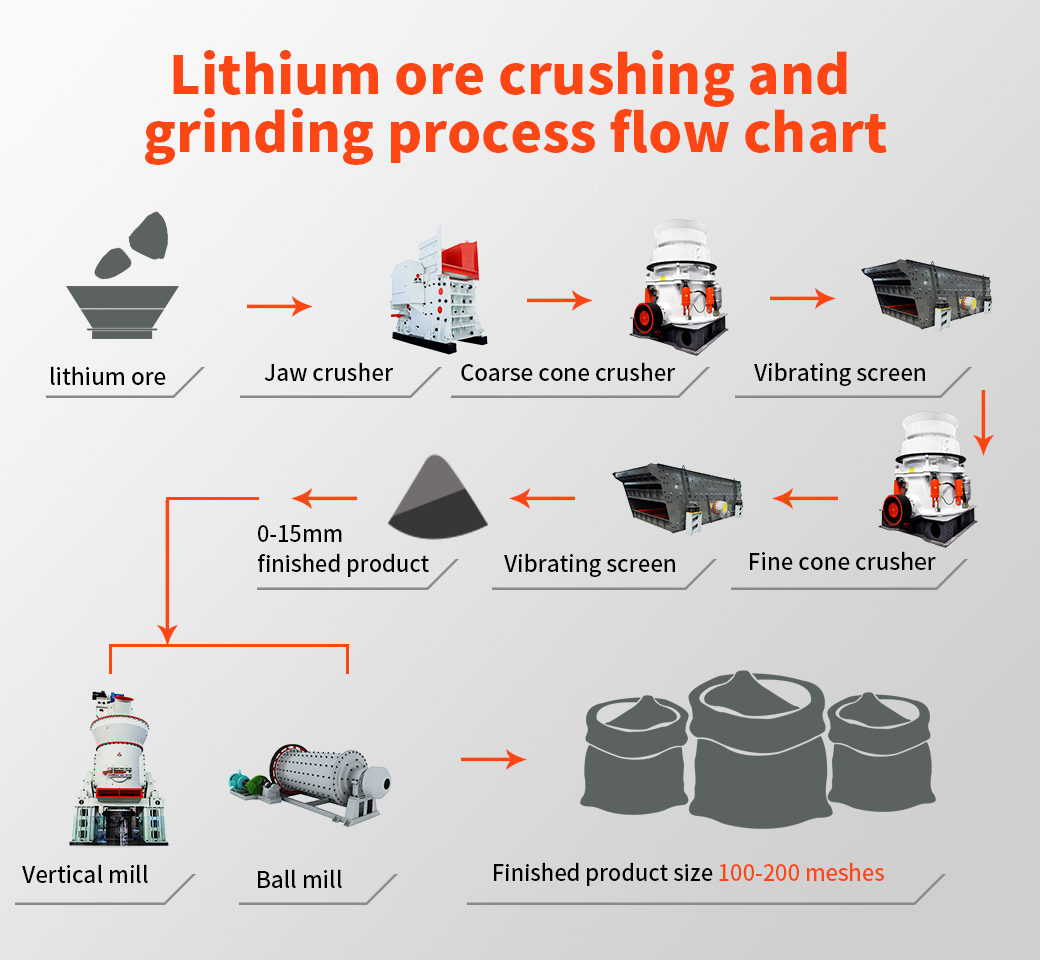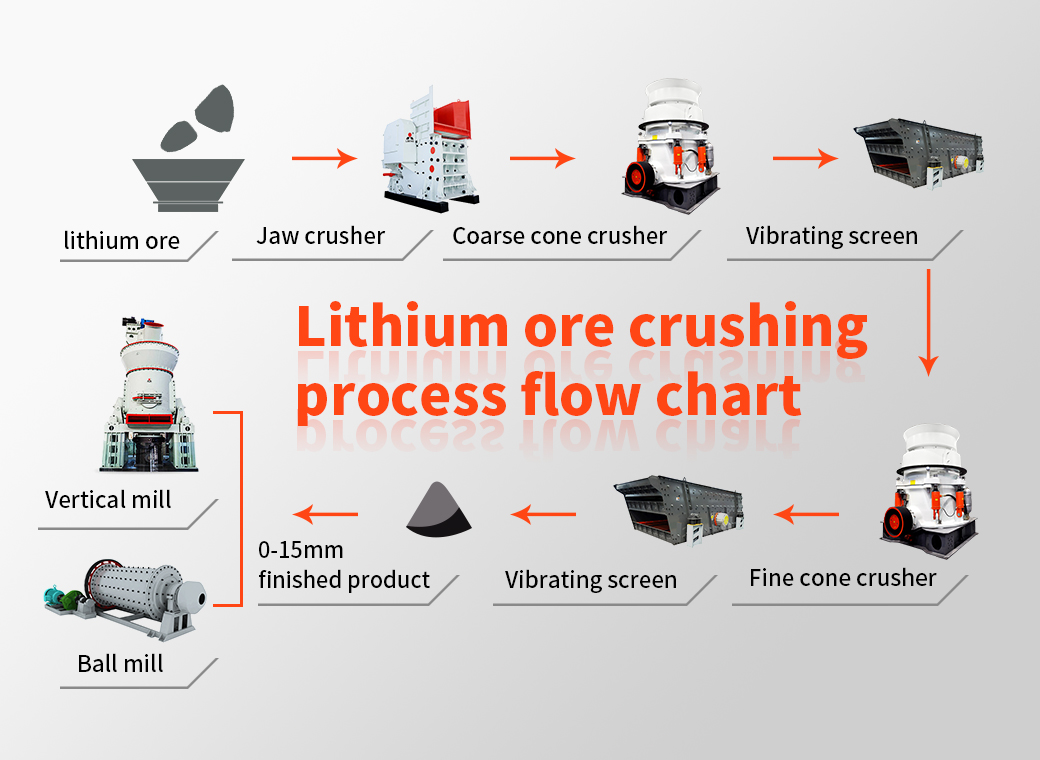Working Principle of Iron Ore Flotation Machine
The working principle of an iron ore flotation machine is a complex process that involves multiple steps. This type of machinery is specifically designed to remove impurities from iron ore, which enables the production of high-grade materials for use in various industries.
To understand the working principle, it’s important to first grasp the concept of flotation in mining. Flotation is a widely used separation technique in the mining industry, where particles are selectively attached to air bubbles and carried to the surface for further processing. In the case of iron ore flotation, this process helps improve the concentration efficiency by removing impurities such as silica and alumina.

Working Principle of Iron Ore Flotation Machine
The components and structure of an iron ore flotation machine are important for its efficient functioning. The rotor, stator, disperser system, pulp feeding system, and other elements play key roles in achieving effective separation.
The working principle revolves around creating a stable froth layer at the top of the slurry mixture during operation. Air bubbles are generated through agitation within the water-based solution containing crushed or ground-up iron ore particles. These bubbles attach themselves selectively to hydrophobic (water-repelling) mineral surfaces while leaving behind hydrophilic (water-attracting) impurities.
Through continuous mechanical agitating and aerating processes within specific zones of a flotation cell or tank, minerals with higher affinity towards air bubbles rise to form a froth layer on top while undesired gangue minerals sink down as tailings.
This selective separation allows for concentrated iron ore products with reduced impurity content – ultimately improving their value and usability across various industrial applications including steelmaking.
Understanding how an iron ore flotation machine works provides insights into its advantages and limitations when used in actual operations. By optimizing operational parameters such as feed rate, pH level adjustments,and reagent dosages,it’s possible to enhance overall performance throughout different stagesofironoreflotationprocesses.
Thesebestpracticescanhelpmaintainefficiencyandproductivitywhileminimizingcostsandenvironmentalimpact.



 Spodumene: According to the hard rock crushing process, the crushed product is generally 5-40mm, combined with different design requirements of customers, two-end or three-stage crushing, high-grade crushed products (above 4-5%) can be directly used in the metallurgical process to produce lithium carbonate Or lithium hydroxide, the particle size of the finished product is generally around 20-40mm; low-grade generally requires ball mill grinding and separation, and the particle size of the finished product is generally around 5-20mm;
Spodumene: According to the hard rock crushing process, the crushed product is generally 5-40mm, combined with different design requirements of customers, two-end or three-stage crushing, high-grade crushed products (above 4-5%) can be directly used in the metallurgical process to produce lithium carbonate Or lithium hydroxide, the particle size of the finished product is generally around 20-40mm; low-grade generally requires ball mill grinding and separation, and the particle size of the finished product is generally around 5-20mm;
